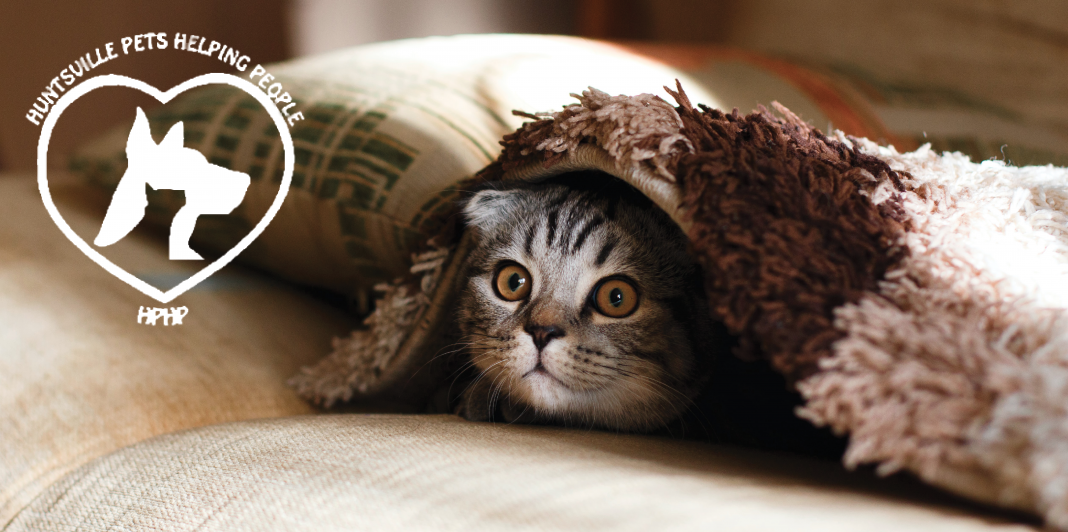Maybe you know someone who says their dog has separation anxiety. Maybe you are that person and you have to deal with your pet’s separation anxiety on a daily basis. Separation anxiety can be frustrating for people and pets. It is a challenge to manage but it is treatable.
Let’s start with a definition. Separation anxiety is a medical condition that is fairly common in dogs. According to K. C. Ballantyner, “Separation anxiety is anticipation of a danger or threat. The stimulus for the response is not always identifiable or present”. Separation anxiety is similar to a panic attack in people. Separation anxiety may be experienced by any dog: puppies, adults and seniors, shelter or rescue dogs, homeless dogs, and animals in their forever homes. Some common symptoms of separation anxiety are: excessive barking, howling or whining, pacing, excessive panting, improper elimination, trying to escape, and damage or destruction of property such as bedding, furniture, rugs, window sills or door jams.
Separation anxiety is not caused by a misbehaving dog or an overly indulgent pet parent. It is caused by a pet’s fear which may be real or imagined. Some contributing factors as to why dogs may have separation anxiety are: a genetic predisposition, poor socialization, experiencing a traumatic event, having other fears, or changes in the presence of their person or family such as a stay at home person getting a job outside the home. Dogs are social beings by nature so being left alone or being separated from their special person may trigger anxiety for some individual dogs. Because separation anxiety is a medical condition, it cannot be cured by disciplining your pet, having your pet get more exercise, letting your pet grow out of it, or getting your pet a companion animal. However, exercise should be part of your pet’s overall health and well-being.
Start by taking the dog to their local veterinarian for a medical checkup. It is important for your veterinarian to rule out any medical conditions that may be causing the behaviors that your dog is exhibiting. Please keep in mind that local veterinarians can diagnose the condition and they may be able to offer some suggestions for handling the situation at home but most primary care veterinarians are not experts on separation anxiety. However, there are veterinary behavioral specialists that are trained to handle separation anxiety and other animal behavior issues. Your local veterinarian will be able to refer you to a behaviorist should your pet’s condition warrant it or if you request a referral to a specialist.
Another individual who may be able to assist you is a Certified Separation Anxiety Trainer (CSAT). A CSAT is an experienced dog trainer who undertaken additional study in animal behavior and behavior modification. Once they successfully complete the certification exam they become a Certified Separation Anxiety Trainer. CSATs will work in conjunction with your local veterinarian. Most CSATs work remotely using technology such as Zoom to work with people and their pets. They start with an initial assessment of the dog’s condition. During the assessment the CSAT will try to identify the triggers that initiate the anxiety. Then they will devise a treatment plan that the family will implement. The intent of the training plan is to lessen the impact of separation anxiety or eliminate it all together. The CSAT will maintain frequent contact with pet parents. Pet parents will need to send videos or provide web camera views of their dog’s behavior at frequent intervals as training takes place and results are noted. The training plan will be modified as needed. The ultimate goal of the training is to improve the dog’s quality of life.
Management of separation anxiety involves desensitivity training, and behavior modification. Desensitizing a dog to being alone takes time. The process moves at the dog’s pace rather than the pace preferred by the pet parents or trainer. Desensitivity training it is not a quick fix and is far too complex to detail in this article. Keep in mind that it takes an abundance of patience. The training is accomplished in many small steps using consistent training sessions lasting twenty to thirty minutes a day, at least five days a week for weeks on end. In some cases, it may be beneficial to have a pet sitter or daycare assist with the training as part of the transition process in behavior modification. Desensitivity training along with behavior modification is likely to take months rather than weeks. Generally speaking, the milder the separation anxiety case is, the faster improvement will be seen. But ultimately, regardless of the severity of the dog’s separation anxiety, their quality of life will improve.
Depending on the severity of the dog’s condition, it may be beneficial for your dog to take an anxiety-related medication such as Reconcile or Clomoicalm. They are not sedatives and they are not habit forming. The big benefit of anxiety medications is that the medications may allow training to move faster than utilizing training alone. Anxiety medications are obtained from your local veterinarian after evaluation of your dog’s health and condition.
Dogs who have separation anxiety my also experience noise reactivity or noise phobia. Noises that may trigger anxiety include thunder, fireworks, smoke alarms, and delivery trucks.
Other dogs experience confinement anxiety. If confinement anxiety is present, a crate should not be used for training that animal. Confining a dog to one room and utilizing a baby gate may substitute for a crate training.
Separation anxiety is a complex medical condition that impacts many dogs. It may be frustrating for people to manage and debilitating for the animal who has the condition. However, with time, patience and behavior modification the condition can improve or even be eliminated. There is hope for the dog with separation anxiety.















